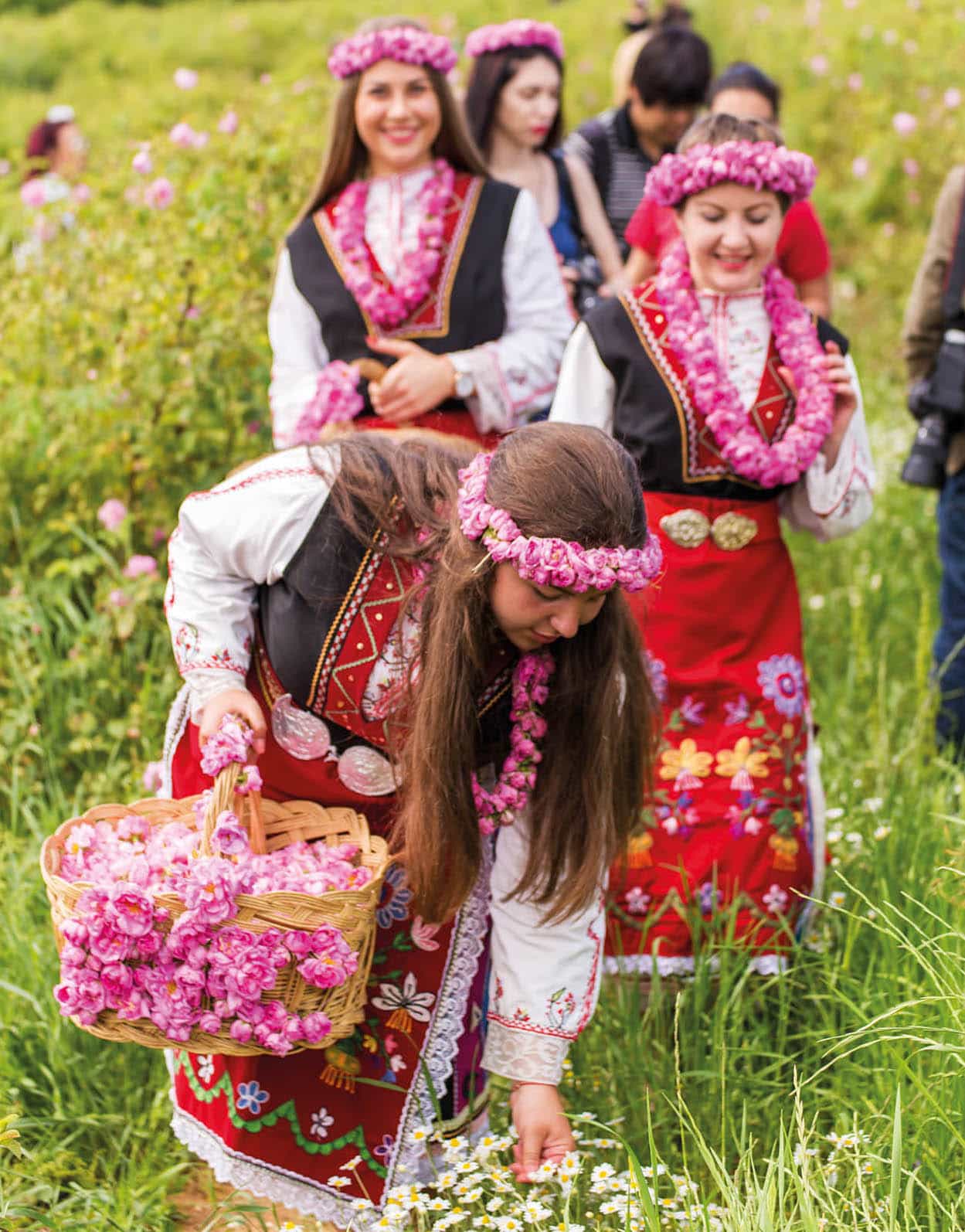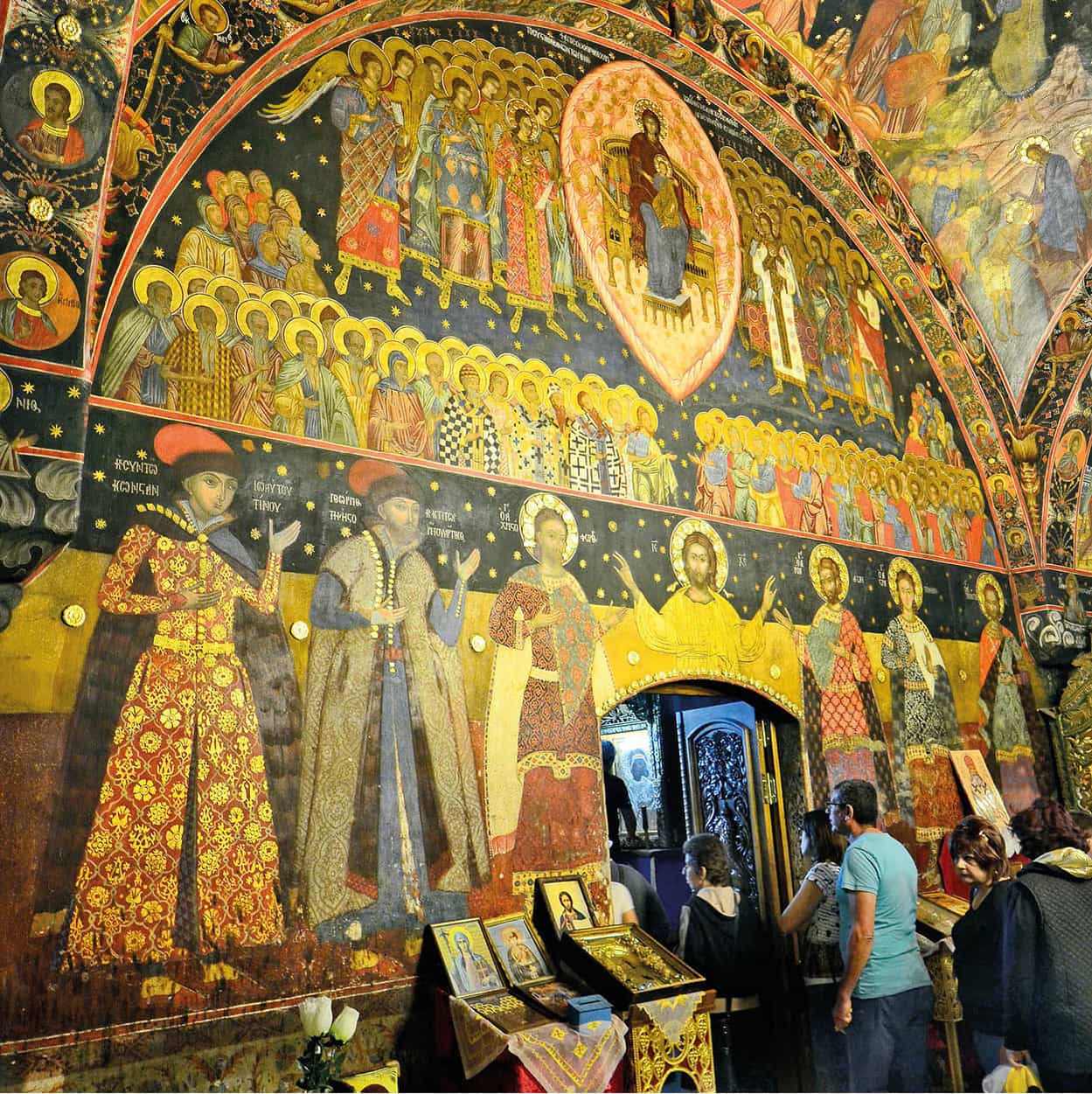Long ago, Bulgaria was the most powerful country in Europe. That is a title it no longer has, but it can still lay claim to being one of the most fascinating. It is certainly different. A place where east meets west, it is perhaps fitting that this was one of the few places on earth where, for 40 years, East Germans could meet their West German relatives with ease. All this at a time when Bulgaria was the staunchest ally of the Soviet Union, upholding an orthodox socialist regime, yet also, during the 1960s, the first Soviet ally to develop its massive potential as a tourist destination.
Since Bulgaria peacefully waved goodbye to Communism in 1990, tourist facilities have become even better. From the beach resorts and fishing villages of the Black Sea to the ski centre of Bansko; from the provincial-in-size yet cosmopolitan-in-attitude capital of Sofia to the historical region around Veliko Tarnovo, Bulgaria still offers tremendous value for money, while preserving its uniqueness.
Bulgaria’s eight million people are slowly coming to terms with their place in contemporary Europe. In the 1990s many Bulgarians voted with their feet, emigrating en masse to Spain and Italy in particular. However, now that Bulgaria is an EU member, with a resilient economy and a stable political climate, the country is no longer losing its people at such an alarming rate. Indeed, many of those who left a decade ago are returning.
Nevertheless, in foreign eyes it will be some time before the image of Bulgaria as a Balkan backwater is eroded. But the country has never been backwards, rather a dynamic mix of rural and urban, ancient and modern, traditional and innovative. Whereas in other Balkan countries cultural diversity has had the potential to be destructive, in Bulgaria it has always been celebrated.

Rose Festival in Gorno Cherkovishte
iStock
The Country and its Climate
Bordered by Romania to the north, Serbia and Macedonia to the west, Greece and Turkey to the south and a deceptively short coastline of 378km (235 miles) along the Black Sea to the east, the Republic of Bulgaria covers some 110,993 sq km (42,855 sq miles), an area about the size of Ireland. The capital, Sofia, where a fifth of the population lives, lies in the west of the country, at the apex of the two great mountain ranges that sweep through the country: the Balkans range, which extends almost to the Black Sea, and the Rila/Rhodopes range, which runs south into Greece and east into Macedonia. The highest mountain in the country is Mt Moussala, at 2,925m (9,596ft) the tallest in the entire Balkan Peninsula.
Bulgaria suffers from climatic extremes, with winters usually bitterly cold, and summers, especially along the Danube plain, often extremely hot. Average temperatures in Sofia in January range from 4–2°C (25–36°F), while in August they usually climb to over 30°C (86°F). Precipitation levels throughout the year are high. Outside the dry Danube plain, you never have to wait long for a downpour in Bulgaria.
Making a gesture
Bulgarians nod their heads when they mean ‘no’ and shake their heads when they mean ‘yes’. Don’t be caught out. Ask a kiosk vendor if she has any bus tickets, and a shake of the head means ‘as many as you like’. It is easy to get confused.
Population and Language
More than 85 percent of the population speaks the official language, Bulgarian. Another 2.5 percent speaks Macedonian, considered in the country to be a Bulgarian dialect and not a separate language. Bulgarian is written in the Cyrillic alphabet – the traveller would do well to learn the characters – created in the 9th century by followers of two Salonika-based Bulgarian monks, Cyril and Methodius (click here or click here). So proud are Bulgarians of the alphabet that they have even given it a national holiday (May 24, Education Day). Other minority languages include Turkish – spoken by 9 percent of the population – and the related languages of Gagauz, Tatar and Albanian. Small pockets of Romanian speakers (Vlachs) also exist along the eastern Danube.
The name Bulgaria – land of the Bulgars – is something of a misnomer. Today’s Bulgarians are descendants of a number of peoples: the Slavs, Greeks and Macedonians, as well as the Bulgars. Much as the Angles gave their name to England without ever being the most populous group in the country, so the Bulgars were just one of many peoples who formed the Bulgarian state. They were the most astute politically, however, playing one tribe off against another, and they quickly became the ruling class after arriving in the Balkans from an area now known as Old Bulgaria, situated between the Black and Caspian seas.

Bachkovo Monastery
iStock
Religion and Culture
The majority of the population – around 90 percent – is Bulgarian Orthodox. There is a significant Catholic minority, while western Protestantism, in the form of the Baptist and Methodist churches, has become increasingly popular since 1990, and is the country’s fastest growing faith. Most of Bulgaria’s Turks remain Muslims, although over 250,000 left Bulgaria in the summer of 1989 – mainly for Turkey – during the ‘Great Exodus’.
It is perhaps the Bulgarian Orthodox Church that has most strongly influenced Bulgarian culture. But what is specifically Bulgarian and what is merely Balkan? So much culture is shared between all the countries of the region (language, music, folklore, even food) that while the Bulgarians are clearly a different people to the Serbs, for example, it is difficult to gauge what makes them so. Yet there are specific cultural achievements of which Bulgaria is proud. The Thracians, who emerged in the 2nd millennium BC, were unsurpassed in the exploitation of metals: the best examples are to be found in the Pangyurishte treasure. Then there are the frescoes of the Boyana church, 13th-century masterpieces that anticipated the Renaissance. This expertise points to a cultural heritage that has withstood an often violent and turbulent history.

Hiking in the Pirin Mountains
iStock
Landscape and Wildlife
Bulgaria is blessed with natural wonders. The beaches of the Black Sea are among the finest in Europe. The interior is marked by the great mountain ranges, with plains in between. At the right time of year – the end of April – visitors can enjoy skiing one day and sunbathing the next.
Yet while skiing is popular, mountain hiking remains the preferred pastime and Bulgarians see walking up the nearest mountain as something of a rite of passage. Even during the winter it is not uncommon to see courting couples wandering up or down a piste. The best hiking is offered by the Pirin Mountains, the most spectacular of the Bulgarian ranges, while the Rhodopes offer less demanding hikes. Lovers of lakes head for the Rila range.
Bulgaria’s mountains and lowlands are also rich in wildlife, and offer excellent opportunities for birdwatchers. The marshlands around Bourgas (known as the Strandzha) and the Madzharovo nature reserve in the Rhodopes are the best birdwatching areas in the country. Bears are still sometimes seen in parts of the Rila and Rhodope mountains. They are dangerous and you should never try to approach them.
Bulgaria has three national parks: Pirin, Central Balkan and Rila, as well as nine nature reserves, of which two, Pirin and Sreburna, are included on Unesco’s World Heritage list.